How does the MCB protect your home?

Electricity is one of the greatest boons of the modern age. The world in the 21st Century is massively reliant on electricity for various purposes, from running servers and databases, factories, transport, and so much more. Even at the household level, electricity plays a vital role in carrying out everyday activities like cooking, cleaning, as well as running, and charging electrical devices.
However, electricity can prove to be a hazard if not used carefully. Therefore, to minimize electrical accidents like fires, electrocutions, and appliance damages, it is important to use proper protective measures. Households across the globe frequently use MCBs as an electrical protective device that works effectively against appliance burnouts and short circuits.
What is an MCB?
The MCB, or Miniature Circuit Breaker, is one of the best protective devices against electrical hazards. The miniature circuit breaker acts as an automatic switch that is helpful in restricting the flow of high current levels through the electronic circuit. The MCB acts as an electromechanical device that is designed to be triggered by high voltages or electrical faults caused by overloads and electrical surges.
Traditionally, fuse wires were used to protect appliances from high voltages. Upon detecting higher current levels or voltages in the circuit, the fuses would “blow,” thus disrupting the flow of electricity. However, with time and advancements in technology, the MCBs emerged as superior alternatives to the traditional fuses.
The MCBs are designed after the properties of a fuse but have a major advantage over the latter. The traditional fuse, once blown, cannot be reused. However, MCBs are not destroyed or blown by high voltages and can be reused as electrical protective devices for significantly longer periods of time. In addition, they are easier to use in comparison to fuses and are equipped with switches for manually turning them on or off.
MCBs are effective against overload currents, as well as short circuits. Furthermore, they are easy to install, operate, and maintain. They are also safer to use as the MCB is placed inside a plastic casing, therefore reducing the chances of accidental electrocutions. However, though they provide some levels of protection to humans, it must be noted that MCBs are not typically designed for protecting humans or pets from electrocutions. To prevent accidents like electrocutions and fires at homes, it is important to install other appropriate protective devices like RCDs (Residual Current Devices) and RCBOs (Residual Current Breakers with Overload protection).
Type of MCB
MCBs or Miniature Circuit Breakers are an indispensable component of any electrical system, be it in residential, commercial, or industrial settings. They help in protecting the system from damage caused by overloads and short circuits. Without MCBs, the system would be vulnerable to electrical faults, leading to equipment damage, power outages, or even fire hazards.
The different types of MCBs available on the market are designed to protect against different types of electrical faults. Each type has a specific tripping characteristic that determines the amount of current required to trip the breaker. This tripping characteristic is essential in selecting the appropriate MCB for high voltage protection.
Type B MCB
Type B MCBs are a type of miniature circuit breaker that is designed to provide MCB for high voltage protection. They are typically used in electrical systems that require protection against overloads and short circuits caused by devices with high inrush currents, such as fluorescent lighting, motors, and transformers. Without adequate protection, these devices can cause a high inrush current that could damage the circuit, leading to equipment damage or even fire hazards.
Type B MCBs are rated with a tripping characteristic of 3 to 5 times the rated current, making them ideal for applications that require high-voltage protection. They are commonly used in industrial settings where high voltage protection is required, as well as in large commercial buildings and other applications where high-power devices are in use.
One of the key benefits of Type B MCBs is their ability to quickly interrupt the circuit in the event of an overload or short circuit. This helps to prevent damage to the circuit and reduces the risk of equipment damage or fire hazards. In addition, they are compact and easy to install, making them an ideal choice for a wide range of applications.
Type C MCB
Type C MCBs are another type of miniature circuit breaker that is designed to provide protection against overloads and short circuits caused by devices with medium inrush currents. These devices include computers, printers, and other electronic devices that draw a moderate amount of current when they are first turned on. Without adequate protection, these devices can cause damage to the circuit, leading to equipment failure or fire hazards.
Type C MCBs are rated with a tripping characteristic of 5 to 10 times the rated current, making them ideal for applications that require medium-level protection. They are commonly used in residential and commercial settings, where electronic devices are commonly used. They are also used in HVAC systems and other applications where the current draw can vary significantly.
One of the key benefits of Type C MCBs is their ability to quickly interrupt the circuit in the event of an overload or short circuit. This helps to prevent damage to the circuit and reduces the risk of equipment damage or fire hazards. They are also compact and easy to install, making them an ideal choice for a wide range of applications.
Type D MCB
Type D MCBs are the third type of miniature circuit breaker that is designed to provide protection against overloads and short circuits caused by devices with high inrush currents. They are typically used in electrical systems that require protection against high-power devices, such as large motors, transformers, and other industrial equipment. Without adequate protection, these devices can cause damage to the circuit, leading to equipment failure or even fire hazards.
Type D MCBs are rated with a tripping characteristic of 10 to 20 times the rated current, making them ideal for applications that require high-level protection. They are commonly used in industrial settings where high-power equipment is in use, as well as in large commercial buildings and other applications where a high current draw is expected.
One of the key benefits of Type D MCBs is their ability to quickly interrupt the circuit in the event of an overload or short circuit. This helps to prevent damage to the circuit and reduces the risk of equipment damage or fire hazards. They are also compact and easy to install, making them an ideal choice for a wide range of applications.
How does the MCB work?
The flow of high levels of current through the electrical circuit can be potentially dangerous for connected appliances and can burn them out or cause permanent damage to the appliances. To prevent such accidents, MCBs are installed across the circuit. The MCB breaker acts as an automatic switch that is used for the protection of electrical appliances against electrical overloads during anomalies like electrical overloads, surges, or thunderstorms.
MCBs are equipped with a bimetallic strip that is sensitive to heat. If there are high amounts of current flowing through the circuit, it warms up the bimetallic circuit in the MCB which bends and deflects from its original state. This deflection causes the MCB to “trigger” and release a mechanical latch. This latch disconnects the circuit and disrupts the electrical flow from reaching the connected device. The MCB can then be manually reset to close the circuit and resume the flow of electricity through it.
In the case of a short circuit, there is an abrupt rise in the flow of electricity through the circuit. This sudden rise causes the MCB to trip, displacing the electromechanical plunger and stopping the current flow.
Why do we need miniature circuit breakers for home and commercial use?
When it comes to the safety of our homes and businesses, ensuring that our electrical systems are properly protected is of the utmost importance. This is where miniature circuit breakers (MCBs) come into play.
But what does MCB protect against?
MCBs are an essential component of any electrical system, providing protection against electrical faults and preventing damage to the system and potential fire hazards. Let's take a look at some of the key reasons why we need MCBs for both home and commercial use:
1. Protection against overloads
One of the primary functions of MCBs is to protect against overloads. In the event that the current exceeds the rating of the circuit, the MCB for high voltage protection will trip and interrupt the flow of electricity, preventing damage to the system and potential fire hazards.
2. Protection against short circuits
MCBs also provide protection against short circuits, which occur when an electrical current travels through an unintended path. Short circuits can cause significant damage to the electrical system and can even cause fires. MCBs quickly trip in the event of a short circuit, preventing damage and potential hazards.
3. Easy to install
MCBs are compact and easy to install, making them an ideal choice for both home and commercial use. They can be easily installed into existing electrical systems and provide reliable protection against potential hazards.
4. Cost-effective
MCBs are a cost-effective solution for protecting electrical systems. They are relatively inexpensive and provide a high level of protection against potential hazards, making them an ideal choice for both home and commercial use.
5. Reliable performance
MCBs are designed to provide reliable performance, ensuring that your electrical system is protected against potential hazards. They are built to last and require minimal maintenance, providing long-term protection for your home or business.
By choosing the appropriate MCB for high-voltage protection. for your application, you can ensure that your electrical system is properly protected and safe for years to come.
Why MCB Trip Again and Again?
MCBs, or miniature circuit breakers, are an essential component of any electrical system, providing protection against overloads, short circuits, and potential fire hazards. However, in some cases, MCBs may trip again and again, causing frustration and inconvenience. We already know how MCB works.
In this section, we'll take a look at some of the common reasons why MCBs trip repeatedly and what you can do to prevent it from happening.
1. Overloading
One of the most common reasons for MCBs tripping repeatedly is overloading. Overloading occurs when the circuit carries more current than it is designed for. To prevent overloading, it's important to make sure that the electrical load is distributed evenly across the circuit and that the circuit is not carrying more current than it is designed for.
2. Short circuits
Another common reason for MCBs tripping repeatedly is short circuits. Short circuits occur when the current flows through an unintended path, often due to damaged wiring or faulty electrical equipment. To prevent short circuits, it's important to regularly inspect the electrical system for damage or wear and tear.
3. Faulty MCBs
Sometimes, the MCB itself may be faulty, causing it to trip repeatedly. This can be due to various factors, including age, wear and tear, or damage to the MCB. To prevent faulty MCBs from causing repeated tripping, it's important to regularly inspect and maintain the electrical system.
4. Power surges
Power surges, which occur when the voltage in the electrical system suddenly increases, can also cause MCBs to trip repeatedly. This can be due to lightning strikes, power outages, or other external factors. To prevent power surges from causing repeated tripping, it's important to install surge protection devices in the electrical system.
5. Ground faults
Ground faults occur when an electrical current travels through a grounded object, such as a person or a metal pipe. This can cause the MCB to trip repeatedly, as it is designed to prevent electrical shocks. To prevent ground faults, it's important to ensure that all electrical equipment is properly grounded and that any damaged or faulty equipment is repaired or replaced.
By identifying the cause of the repeated tripping and taking steps to prevent it from happening, you can ensure that your electrical system is safe and reliable. It's important to regularly inspect and maintain your electrical system to prevent potential hazards and ensure that your MCBs are functioning properly.
How to select MCB Rating?
Choosing the correct MCB rating is crucial in ensuring the safety and efficiency of your electrical system. MCBs, or miniature circuit breakers, protect against overloads and short circuits, preventing damage to your electrical equipment and potential fire hazards. In this article, we'll take a look at some factors to consider when selecting MCB ratings.
1. Electrical Load
The electrical load refers to the amount of current that flows through the circuit. When selecting an MCB rating, it's important to make sure that it can handle the electrical load of the circuit. The MCB rating should be equal to or greater than the maximum expected current flow.
2. Type of Circuit
The type of circuit also plays a role in selecting MCB ratings. Different types of circuits, such as lighting or power circuits, have different MCB rating requirements. Power circuits generally require higher MCB ratings than lighting circuits.
3. Temperature
The ambient temperature of the environment in which the MCB will operate should also be considered when selecting the rating. High temperatures can cause the MCB to trip more easily, so a higher MCB rating may be necessary for warmer environments.
4. Fault Current
Fault current refers to the amount of current that flows through the circuit during a fault condition, such as a short circuit. When selecting an MCB rating, it's important to make sure that it can handle the fault current of the circuit.
5. Inrush Current
Inrush current refers to the current that flows when electrical equipment is switched on. This current can be much higher than the normal operating current, so it's important to select an MCB rating that can handle the inrush current without tripping.
Therefore, selecting the correct MCB rating is essential in ensuring the safety and efficiency of your electrical system. It's important to consult with a qualified electrician when selecting MCB ratings to ensure that your electrical system is safe and reliable.

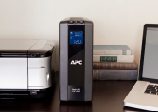
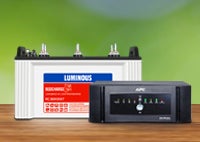

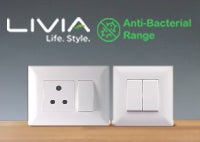
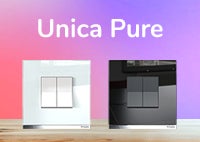

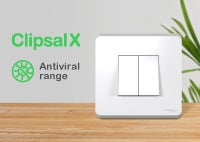
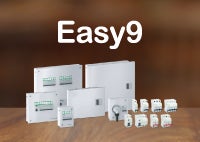
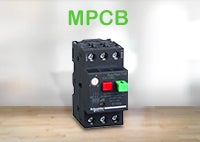
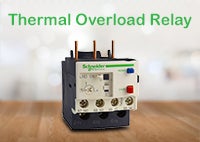
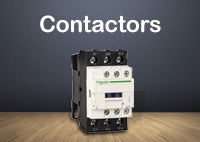
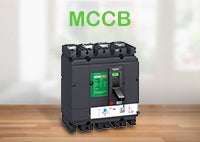
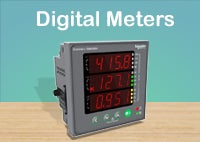
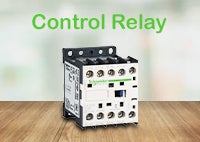
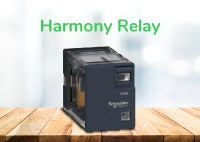
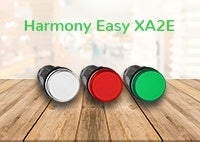
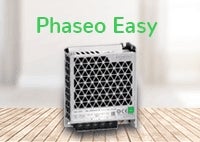


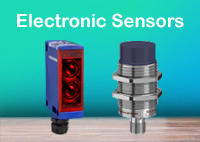
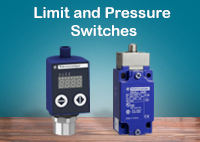
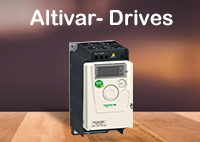

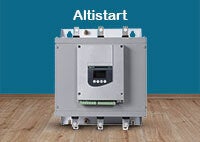

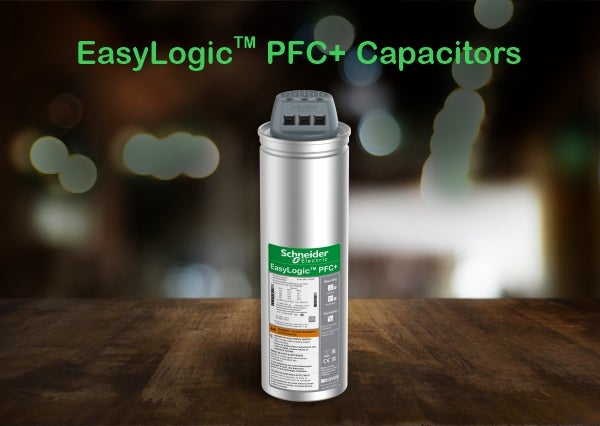
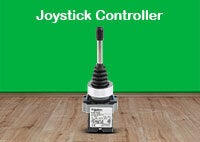
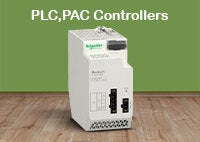
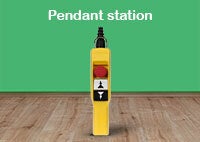




Comments